Palghar coast hides countless secrets six feet under, thanks to police's shoddy spot post-mortems and messy shore burials for bodies that mysteriously wash up
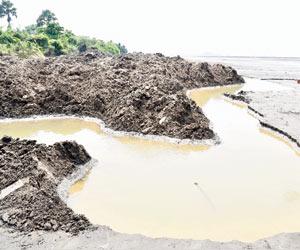
In 2014, when two decomposed bodies washed up on the beach of Mathane, a coastal village around 135 km from Mumbai, unsuspecting residents did what was mostly expected of them — bury it. Today, however, villagers find themselves in the line of fire for their philanthropy, as investigations have suggested that one of these bodies could have been that of missing Dahisar youth, Nasim Shaikh, 23, whose family is still unsure of his fate.
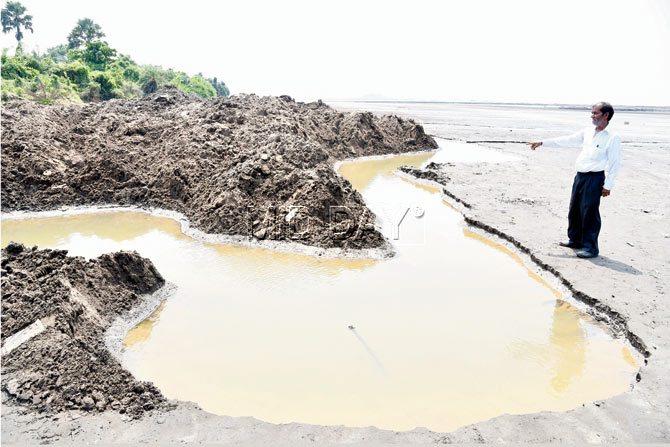
The spot on Palghar's Mathane beach where the body, said to be that of Nasim Shaikh, was buried in 2014. Pics/Shadab Khan
For the village, which has a negligible population of 650 people, this news is an unlikely wake-up call to look back at a practice, which has possibly left a case hanging in balance for the last three years.
Also read - Kelwa beach burials: Cops won't let another corpse turn into a dead end
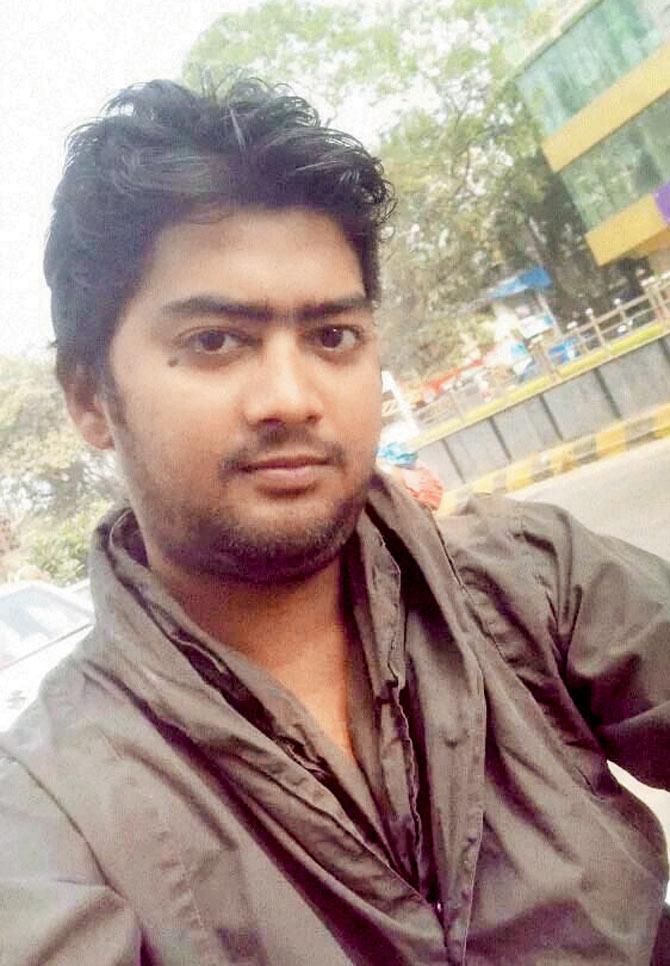
Missing Dahisar youth Nasim Shaikh
A home for the dead
In the last five years alone, 19 bodies — 10 of which were unidentified — have made their way on to Mathane's coastline, which falls under the jurisdiction of Kelwa police. During a visit to the village, residents told mid-day that most bodies flowing along the Arabian Sea get stuck on the rock-laden beach stretch during high tide. "Dead bodies from as far as Gateway of India, Gorai and Bhayander creek have also come to our shore. Usually, the bodies are identified based on their clothes, but if they are naked, it becomes difficult for us to do anything about it," said a villager.
Also read - Kelwa beach burials: The post-mortem that never happened
"Most of these bodies are highly decomposed, and parts like the scalp hair, eyes, lips are eaten by marine organisms. Often, the face is beyond recognition," said another villager. In such a situation, the local police do a spot post-mortem, after which villagers simply dig a four to five-feet-deep pit along the beach and bury the body. Since 2013, residents have buried nearly 10 bodies. Incidentally, no records were maintained, except for stones being laid over the site where they were buried.
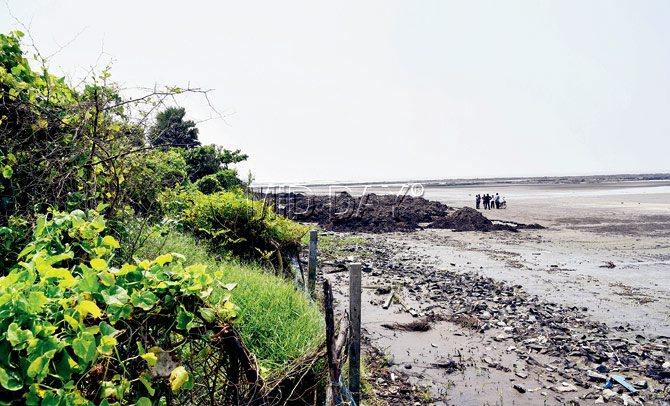
In the case of the body that is suspected to be that of Shaikh's, the police had exhumed the body in 2015, and extracted the femur bone. However, the body could not be identified, as the DNA samples collected were considered insufficient.
Also read - Kelwa Beach Burials: Cops find skull fragment, autopsy reports 'questionable'
This year, Shaikh's family sought the Bombay High Court's intervention to exhume the body. But, in September, when the spot was dug, no human remains were found. According to a senior forensic surgeon, when bodies are buried in loose soil, especially closer to the sea, it's highly possible that they'd never stay in the same spot. They probably return to the sea during high tide, the forensics expert said. The need of the hour, he said is to have a designated burial ground for these bodies at the village.
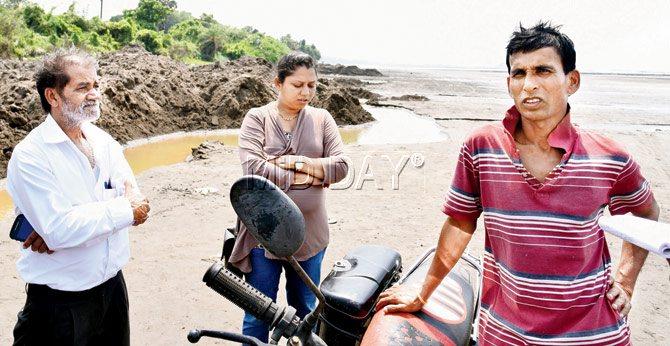
(From right) Rajendra Patil, 41, deputy sarpanch of the village, with Shaikh's sister Anusuya Gaud and father Rafiq Shaikh
Time for change
With no streetlights, zero mobile connectivity and only tar roads connecting Mathane, the village is among the least accessible in the Palghar district. Designated as a tribal area, most of the villagers practice farming. After 6 pm, residents seldom venture out, fearing attacks by wild dogs. Even the local police on night duty prefer to stay at the police station, which is over 10 km from Mathane village.
Speaking to mid-day, Rajendra Patil, 41, deputy sarpanch of the village said, "The beach is mostly deserted and villagers seldom visit it, unless they want to walk down to a neighbouring village, which is easily accessible from the shore."
Also read - Kelwa beach burials: Cops unable to find buried remains
The only time crowds gather at the beach is when a body gets washed ashore. Arvind Patil, 71, former village sarpanch, said, "When I was sarpanch for 15 years, villagers would often inform me about unidentified bodies washing ashore. I would visit the spot and inspect the body first, and only then call the police as villagers are wary of them." According to Arvind, in the last decade or so, there have been reports of at least one or two bodies being spotted at the beach, annually.
"Earlier, we'd simply bury the bodies at the beach. However, it's only in the last three or four years that the police have begun insisting on a spot post-mortem," said Arvind. Since none of the villagers were willing to give their land to bury the bodies, they decided to lay them to rest along the beach. "However, we will now try and look for another alternative to bury the bodies," added Arvind. Meanwhile, the police, who are facing flak for botching-up Shaikh's investigation, maintain that they are helpless.
Also read: Is man buried in a hurry at Kelwa beach missing Dahisar youth?
With none of the primary healthcare centres in and around Mathane village having a mortuary or a post-mortem centre, a thorough examination of the body is impossible, said a police officer from Kelwa Sagari police. "Moreover transporting a highly-decomposed body from the beach to the bigger centre with a post-mortem facility is also difficult, due to unavailability of cutters or helpers," the official added.
Assistant Police Inspector Siddhawa Jaybhaye, who is also head of Kelwa Sagari police station, said, "We need a mortuary, where unclaimed bodies can be kept, till they have been identified." Jaybhaye, who took charge of Kelwa Sagari three months ago, now hopes to streamline the process, so that families like Shaikh's get the closure they most deserve.
10 No. of bodies that are yet to be identified
Also view - Pallavi Purkayastha murder: All you need to know about the gruesome crime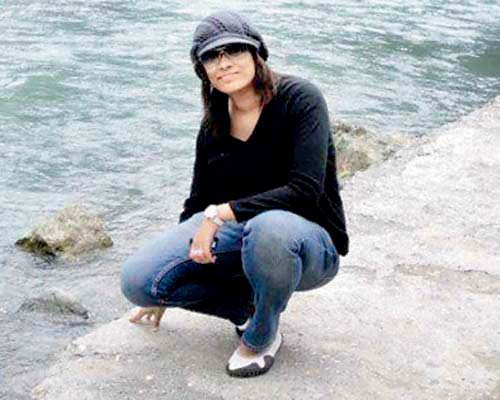
 Subscribe today by clicking the link and stay updated with the latest news!" Click here!
Subscribe today by clicking the link and stay updated with the latest news!" Click here!









